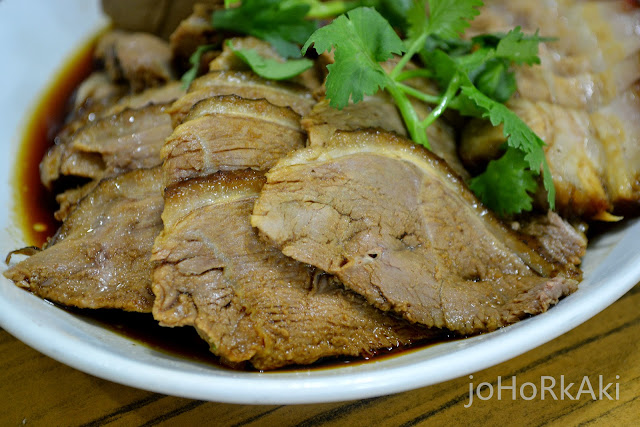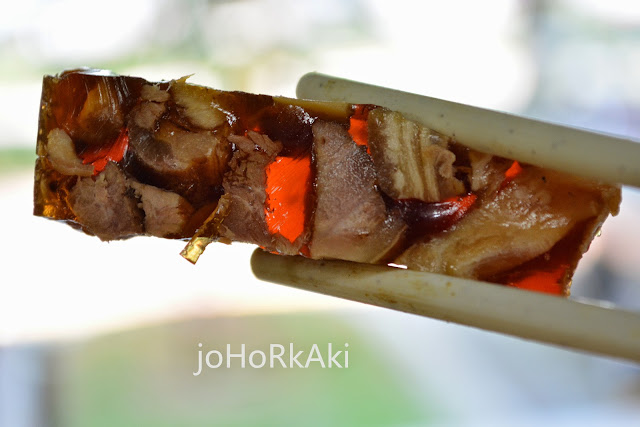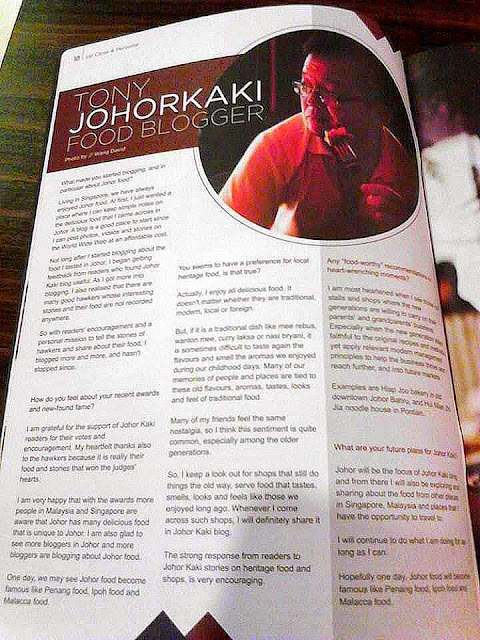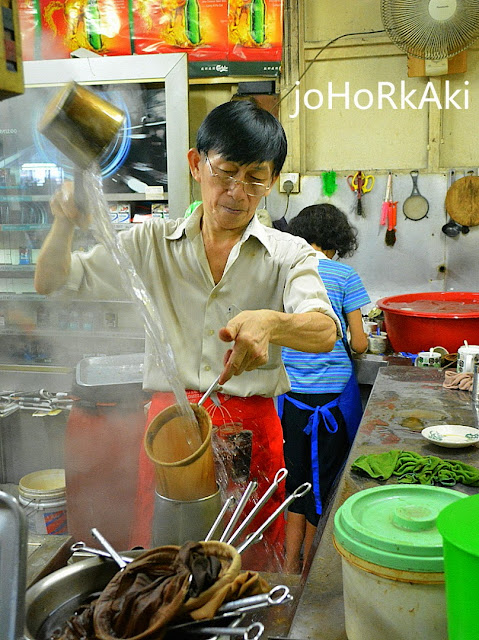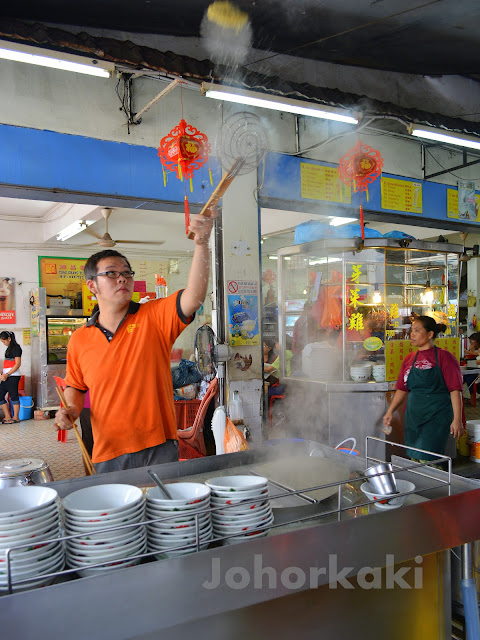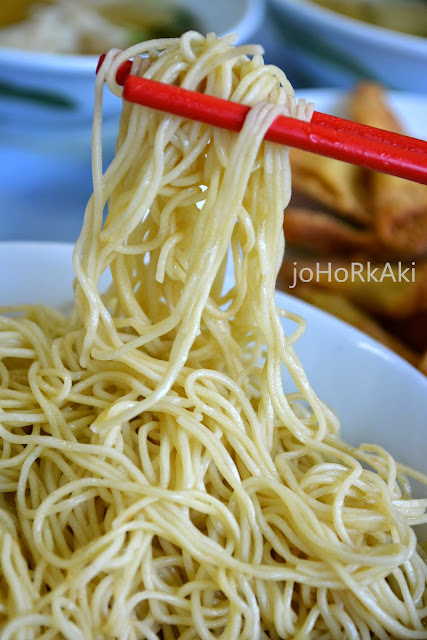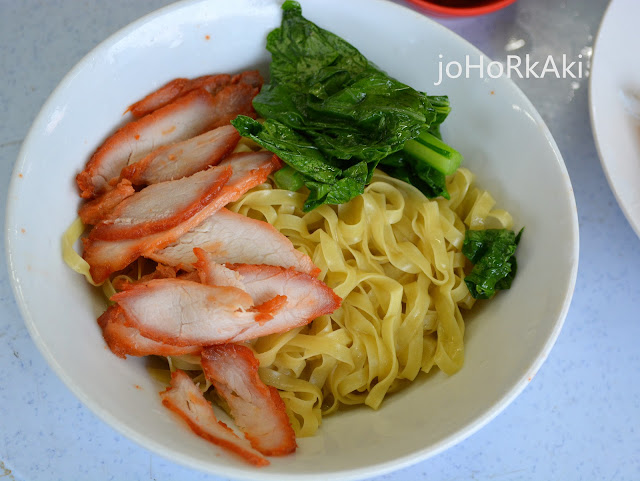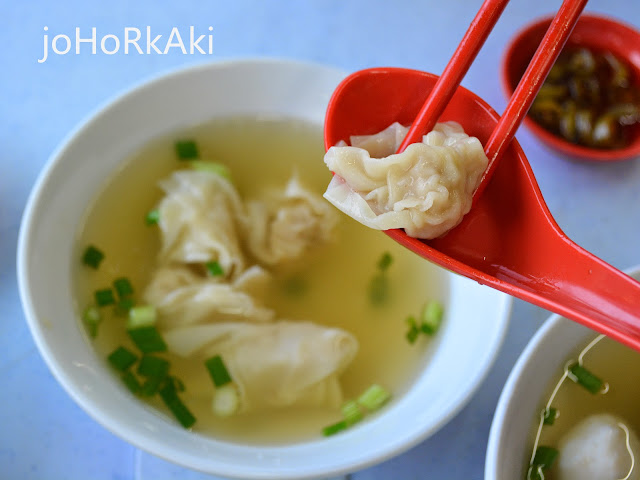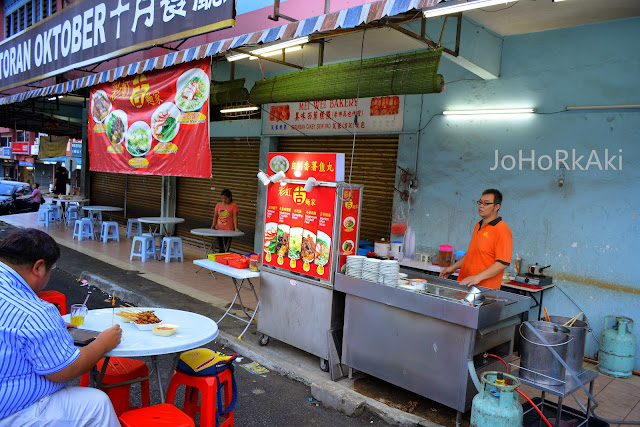(While Uber Taxi is just a month old in Johor Bahru, it is already well established in Singapore, Kuala Lumpur and many major cities around the world.)
As I have been asked many times by Johor Kaki readers how to go food hunting in Johor Bahru by public transport, I was glad to try out Uber Taxi to see if it is a good option for foodies visiting Johor Bahru.
So, my buddy David Wang and I went on a Uber Taxi food trail to try out the taxi service personally. I wanted to check if the idea of taking public bus to Johor Bahru and then using Uber Taxi to go for food trail and shopping is workable.

We boarded the public bus at Woodlands Bus Interchange. Just any public bus that takes you across the Causeway will do e.g. SMRT 160, 170, 950, 911 etc.

Once across the Causeway and cleared immigration, we went to the regular taxi stand area and requested for an Uber Taxi using the mobile Uber Taxi App.
The Uber Taxi App can be downloaded on our mobile for free and it is very easy to use. (Once downloaded the App can be used worldwide.)
I like it that once we requested for a taxi, the Uber Taxi App will show us the driver's photo, rating by customers, the type car and licence plate number of the car, the current location of the car, and it's expected arrival time down to the minute. Once our taxi request is accepted, the driver and us can even call or message each other to ensure smooth pick up.
The Uber Taxi App even shows us the real time, moment by moment movement of the taxi (which is a private car) as it approaches our location.
When the taxi arrives we can match the driver's face with the person at the steering wheel. I like this safety feature :D

Our Uber Taxi driver was Ainur who was rated 4.9 out of 5 stars by passengers.
To ensure passenger safety, Uber Taxi conducts background and driving licence checks on all drivers under the programme.
Oh..., the driver also rates the passenger so other Uber drivers know whether we are good customers or not :D
I like it that Uber Taxi rides are cashless. There is no negotiation or haggling with the taxi driver. Everything is automatically calculated based on GPS and time, and billed directly to our credit card registered with Uber during signup (no need to swipe card in taxi).
At the end of the ride, the Uber Taxi App sends me a very detailed email receipt instantly.
Very clear, simple, no cash transactions, no card swiping and no fuss at all :D

We went to Just Want Coffee, The Factory 30 outlet which is located in an industrial area of Taman Mount Austin. It is rather inaccessible by public transport but with Uber Taxi it was a breeze.
As all Uber Taxis are equipped with an iPhone, the drivers are able to easily go to our destinations using GPS (co-ordinates are available in Johor Kaki blog). In any case, most of the drivers are Johoreans who are familiar with Johor Bahru.

Here's me requesting another Uber Taxi after our tea at The Glasshouse Tearoom.
Glasshouse Tearoom is another of those really cool chill out places in Jay Bee that is accessible only by private car or taxi.

As I could see the progress of the Uber taxi down to the last minute, I could stay in the comfort of the restaurant till the taxi just arrived.

It's Ainur again :D
He was so thoughtful. As it was drizzling, he came to get me with an umbrella :D

Oh, Ainur fetched me in a Toyota Camry. All Uber taxis are private cars. I have ridden with three drivers so far - the cars were Toyota Camry, Honda City and Toyota Vios. All the cars I rode were young (about 3 years old or less) and very clean. There was no stale cigarette smell at all.

Dropped off at Hong Kong Boy kopitiam in Taman Johor Jaya.
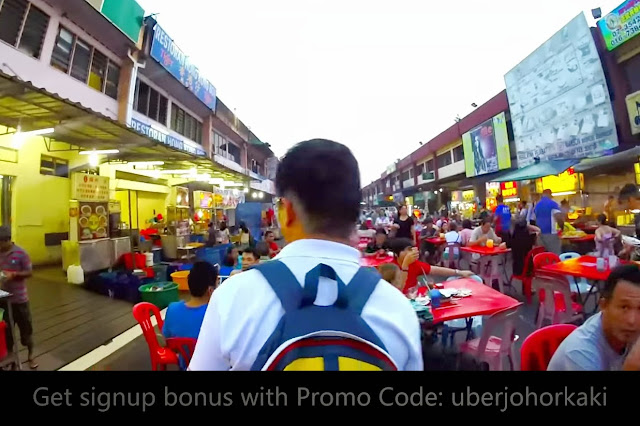
Taman Johor Jaya is a hive of activity in the evening and at night.
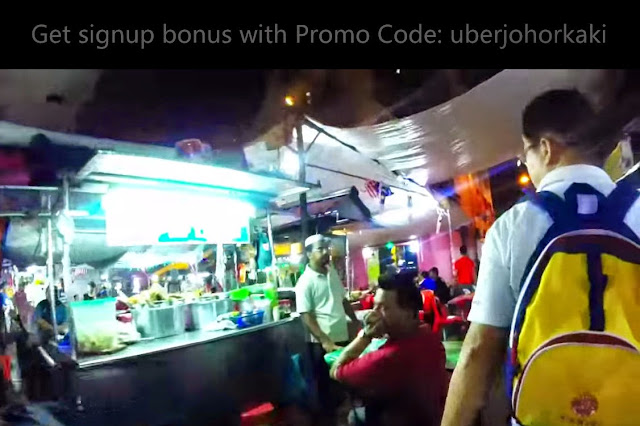
Our last food stop was at Meldrum Walk, the back alley of delicious food behind Jalan Wong Ah Fook. (But, nowadays some of the stalls appeared to be closed.)

I have ridden with three different Uber Taxi drivers so far and I have given all three a 5 stars out of 5 rating as they were all polite, friendly and safe.
For Singapore foodies, Uber Taxis is an good option to beat the revised Causeway tolls for private cars :D
Get a few kakis, signup and check out Uber Taxi for yourself. The Uber Taxi App can be used worldwide. The signup bonus will help pay for your first trip, so there is really no excuse not to try :D
Video and photo credit: David Wang
Return to Johor Kaki homepage.





